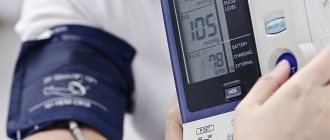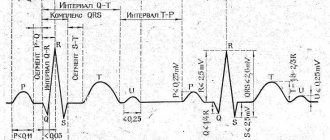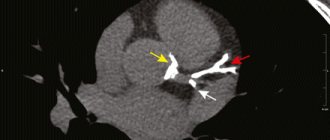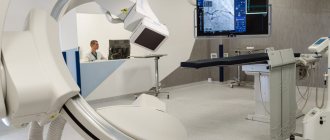Currently, various electrocardiographic methods are used to identify patients at high risk of developing life-threatening arrhythmias: high-resolution ECG (HR ECG), heart rate variability (HRV) analysis, and Holter monitoring. The dynamics of the indicators of these methods have been quite well studied in the acute, subacute and long-term periods of myocardial infarction [1, 2].
Electrocardiographic markers of sudden cardiac death in myocardial ischemia have been studied to a lesser extent [3]. In this regard, attention is drawn to the data on the possibility of using assessment of changes in the duration and amplitude of the QRS complex during myocardial ischemia (stress test, acute coronary syndrome (ACS), chronic ischemic heart disease) according to HR ECG data [4–9] and analysis of heart rate variability [10]. In the literature available to us, we have not found sufficiently complete data on the dynamics of the amplitude and temporal characteristics of the QRS complex and HRV indicators in patients with ACS.
The purpose of this study was to study ECG parameters of HR and HRV in patients with ACS to assess the electrical instability of the myocardium and the severity of the disease.










